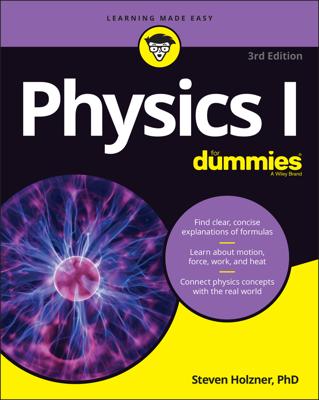The problem with conducting experiments in string theory is that it requires massive amounts of energy to reach the level where the Standard Model and general relativity break down. There are different routes the field of string cosmology takes — attempting to look into nature’s own laboratory, the universe as a whole, to find the evidence that string theorists need to test their theories.
Analyzing dark matter and dark energy
One other astronomical possibility to get results to support string theory comes from the two major mysteries of the universe: dark matter and dark energy. The most obvious way that dark matter could help string theory is if it’s found that the dark matter is actually supersymmetric particles, such as the photino (the superpartner of the photon) and other possible particles.
Another dark matter possibility is a theoretical particle called an axion, originally developed outside of string theory as a means of conserving certain symmetry relationships in quantum chromodynamics. Many string theories contain the axion, so it could be a possibility as well, although the properties suggested don’t really match what cosmologists are looking for.
Some of the most significant work in cosmology and astrophysics today are attempts to detect dark matter, and there seems to be a lot of it in the universe. So there’s some hope that physicists will make headway on its composition within the foreseeable future.
Detecting cosmic superstrings
Cosmic strings (which in this case are not the same things as the fundamental superstrings of string theory) were originally proposed in 1976 by Tom Kibble of Imperial College London, who suggested that in the aftermath of the big bang, as the universe went through a rapid cooling phase, defects may have remained behind.
These defects in quantum fields are similar to when you rapidly freeze water into ice, creating a white substance that is full of defects.
For a while in the 1980s, some scientists thought cosmic strings might be the original seed material for galaxies, but the CMBR data doesn’t indicate this to be true. Years later, string theory would resurrect the notion of cosmic strings in a new form.
According to some string theory models, superstrings created in the big bang may have expanded along with the universe itself, creating cosmic superstrings. An alternate explanation explains these cosmic superstrings as remnants from the collision of two branes.
Cosmic superstrings would be incredibly dense objects. Narrower than a proton, a single meter of a cosmic superstring could weigh about the same as North America. As they vibrated in space, they could generate massive gravity waves rippling out through space-time.
One way of seeing the cosmic superstrings would be through the gravitational lensing, where the string’s gravity bends the light of a star, as shown in this figure. This might mean that we see one star in two different locations, each equally bright.

According to Joe Polchinski, the best way to look for cosmic superstrings is to observe pulsars. Pulsars are like astronomical lighthouses, spinning as they fire regular beams of electromagnetic radiation into the universe, which follow a predictable pattern. The gravity from a cosmic superstring could cause ripples in space-time that alter this pattern in a way that should be detectable here on Earth.

